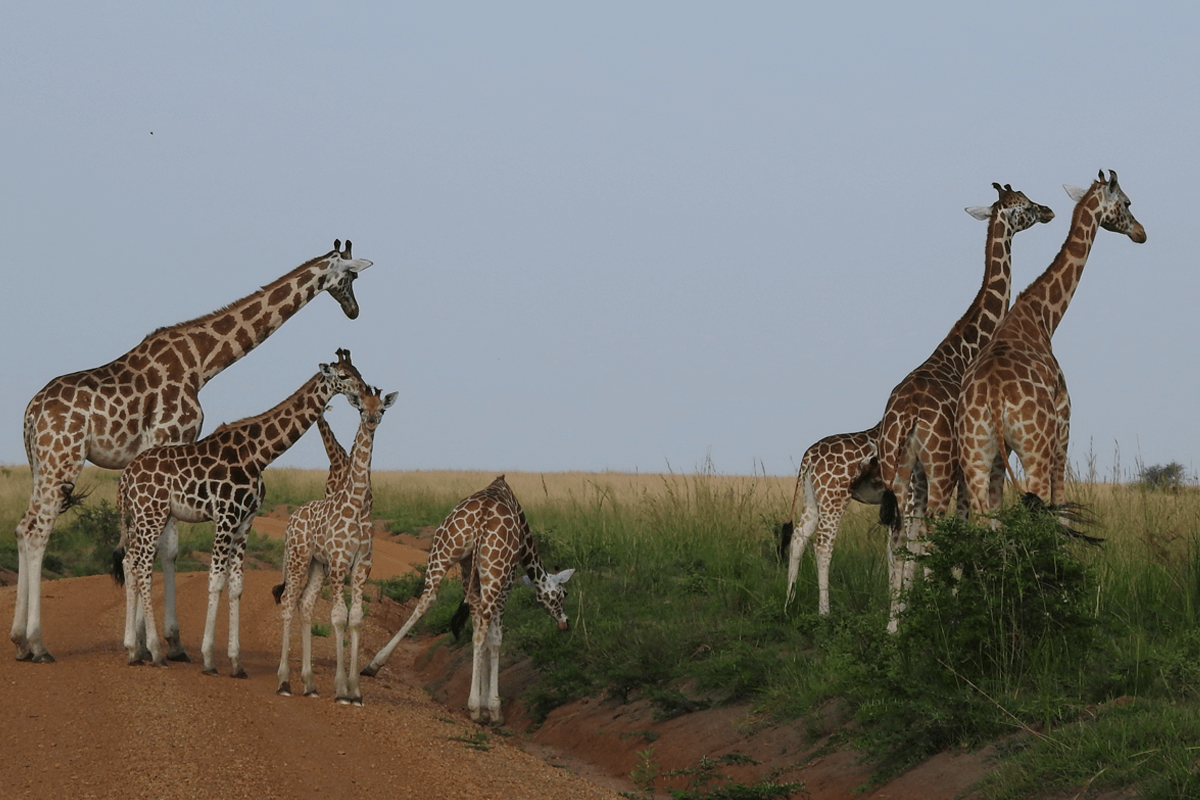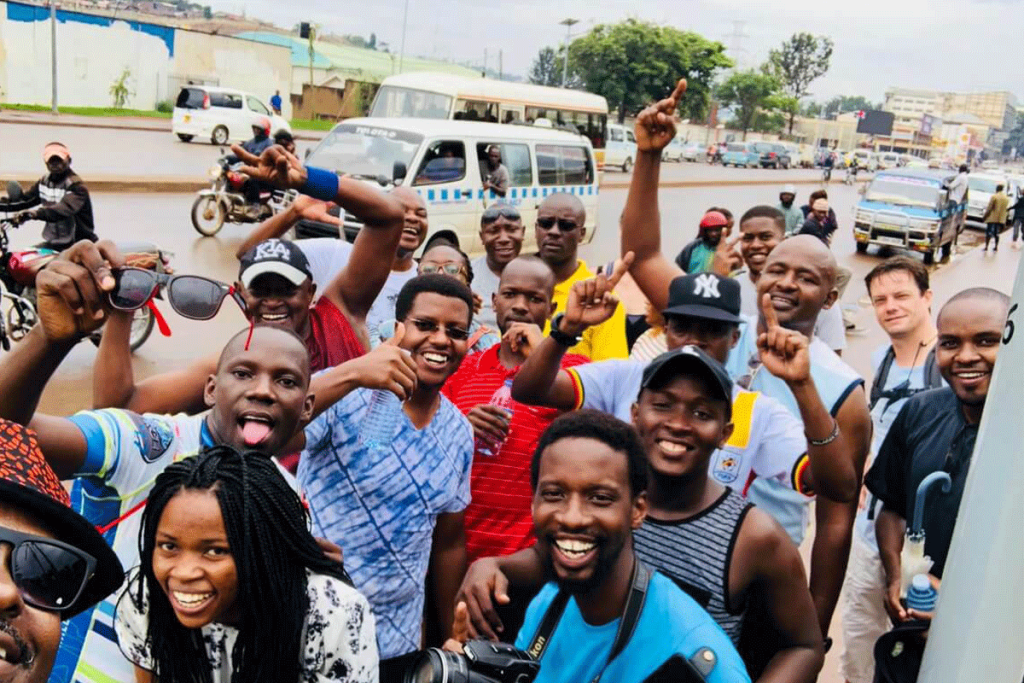Timothy Kintu (#TrekWithTim) the guide aka Trekking Timmy, launched trekking as a monthly activity with the first one done on Easter Monday, April, 2nd 2018. Follow us on our social media handles for updates on the forthcoming challenges.
I have to start with a big Thank You to all the 24 walkers who turned up for the Uganda Colony Trek. You brought good vibes and fun energy. You made the trek fun.
In last week’s blog, I gave you some background on the Uganda Colony Trek. But if you haven’t read it yet, here’s a snap recap.
This trek goes around the territory where the British first established their presence in Uganda. We call it Uganda Colony Trek (Uganda was a protectorate) because this particular ring was in all respects a British colony. It was a settlement managed in the apartheid style, with its own laws and governing system that did not apply to the native (local) communities surrounding it.
The British built rings like these everywhere they settled during the colonial era. Black people were not allowed into this ring unless they were labourers or clerks working in the offices and homes of British administrators.
As a bulwark against possible attacks (they were surrounded by African settlements on all sides) they built a ring around the hills of Kololo and Nakasero (which form the central business district) and fortified with a ring of Indian settlements along the road we were walking.

First Leg
Remember how we said the trek is 12km. It turns out ‘those guys’ at Google are not as good at calculating distances as they think they are. The trek is actually 14km. All the better for us; everyone who initially thought 12km would be a tough stretch found themselves wishing the trail had been longer. Walking is so much more fun than running.
Here we are at Lugogo By-pass, where the trek started. This road is the line between Kololo and Naguru. Kololo is where top officials in the colonial administration lived. It was the most coveted real estate during colonial times. Still is today.
We had our first water stop at a Chinese supermarket in the middle of this stretch. As many trekkers would later come to learn, most of the businesses along this ring are owned by foreigners so in some respects the ring has not yet changed its character.
Below left, Josh, a volunteer guide, keeps the engines revving at the backline; while right, a volunteer guide explains the history of Kololo hill and its significance in today’s social structure.
Here we are at Lugogo By-pass, where the trek started. This road is the line between Kololo and Naguru. Kololo is where top officials in the colonial administration lived. It was the most coveted real estate during colonial times. Still is today.
At the junction where Lugogo-Bypass drops into Kira Road is Kira Road police station, we turned into the stretch heading to Kamwokya-Mulago, and onwards into Kampala’s central business district.
The houses left of this photo are surviving structures of the Indian Quarters which served as a bulwark between the colony and the native settlements in the hills across. In this photo, Trekking Timmy (far right) is captured describing it to some guests on the trek.
The walk was going smoothly up to this point. The walkways newly built by KCCA ended here and we had to walk single file. I hope the authority sends a representative to walk with us next time.
Second Leg
Rain trapped us at the Uganda Museum, pushing the time count forward by an hour. Luckily for us, there was an intriguing storytelling session to capture our attention. The trekkers are treated to rare accounts of Uganda’s history and a tour of the museum.
It isn’t a trek without good photos; the trekkers pause for a selfie with PR guru, Simon Kaheru. We are on Jinja Rd roundabout at this point, just outside what used to be a railway yard. There is just a kilometre, or two, left on the trek but the trekkers feel fresh and ready for more.
And to wrap up the trek, after stretching the legs and learning something new about Kampala’s history, we sat down to enjoy this delicious goat, graciously donated by one of the trekkers. Travel Massive was represented too. We had some talks about hiking and travel as we settled down to a variety of beverages and hot plates of Uganda’s breakfast staple, “Katogo”.
Special thanks to Simon Kaheru for contributing Rwenzori Water to the trek. Simon is also the guy who published the article that inspired this trail. Keep supporting the cause, Simon.
Special thanks to Tom and the Red i crew for supporting the trek. Tom is the guy who contributed the goat we enjoyed after the trek.
This is all the fun you missed. Be sure to follow us on facebook, twitter, or better still, drop us an email on trekwithtim@trekkingtimmy.com
#trekwithtim





